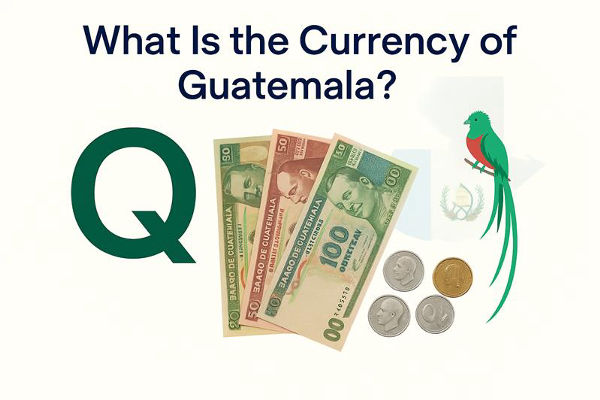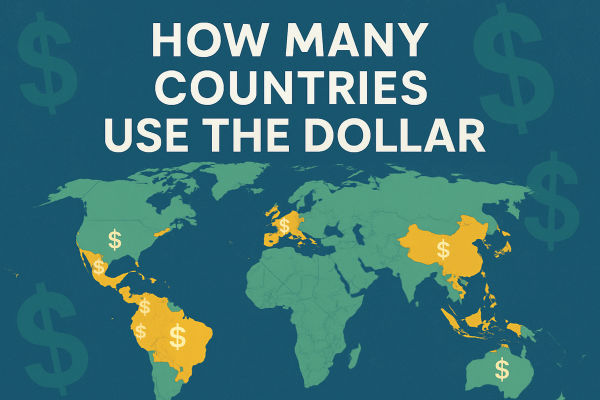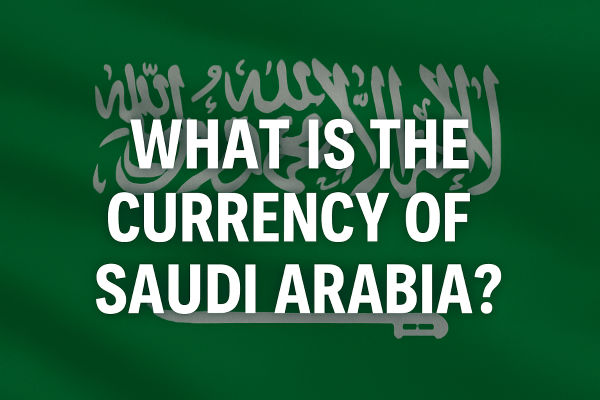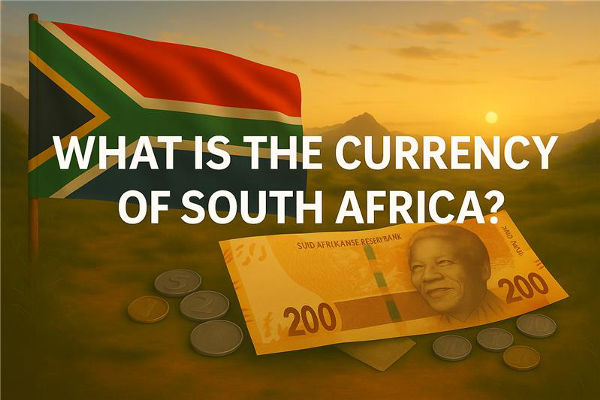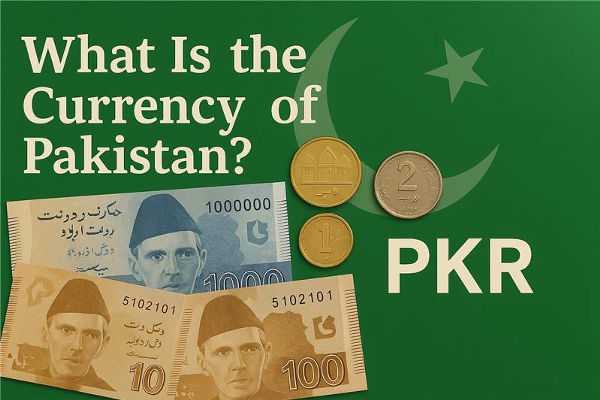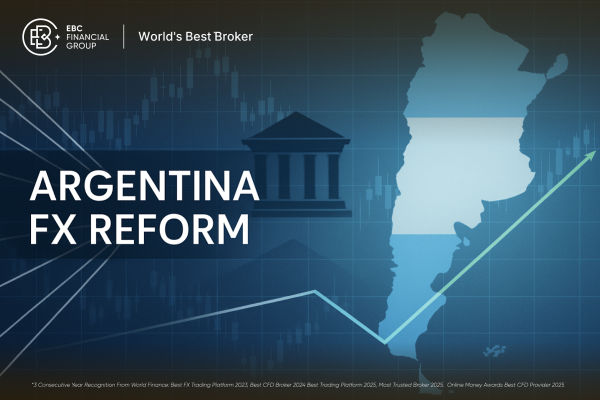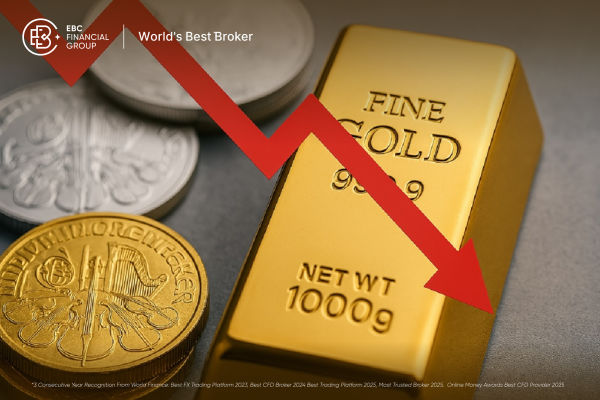Guatemala, the largest economy in Central America by GDP, has a unique and stable currency that plays an essential role in regional trade, remittances, and global forex activity. Whether you're a forex trader or investor eyeing emerging markets in Latin America, understanding Guatemala's currency and its dynamics in 2025 is crucial.
This comprehensive guide explains what the currency of Guatemala is, how it has performed in recent years, and how it is positioned in the 2025 forex landscape. We'll also explore key economic indicators, trading strategies, and the role of the Guatemalan Quetzal (GTQ) in international markets.
What Is the Currency of Guatemala?

The official currency of Guatemala is the Guatemalan Quetzal, symbolized as Q and designated with the ISO code GTQ. The currency is named after the quetzal bird, Guatemala's national bird and a symbol of liberty and cultural heritage.
1 Quetzal is subdivided into 100 centavos, and GTQ banknotes are issued in denominations ranging from 1 to 200, while coins include 1, 5, 10, 25, and 50 centavos and 1 Quetzal.
The Guatemalan Quetzal has been in circulation since 1925, replacing the peso, and is managed by the Bank of Guatemala (Banco de Guatemala).
Historical Context: Quetzal's Journey in Currency Markets
Initially, the Quetzal was backed by gold reserves, making it one of the most stable currencies in Central America for much of the 20th century. However, the gold standard was eventually abandoned, and the currency began to float more freely, albeit under heavy regulation by Guatemala's central bank.
Historically, the Quetzal has maintained moderate stability compared to other Latin American currencies, partly due to conservative fiscal policy, tight monetary controls, and a relatively balanced trade environment.
From the early 2000s to the 2020s, the Quetzal experienced slow, controlled depreciation versus the U.S. dollar (USD), but it remained less volatile than many of its neighbors' currencies.
The Exchange Rate in 2025: How Is GTQ Performing?
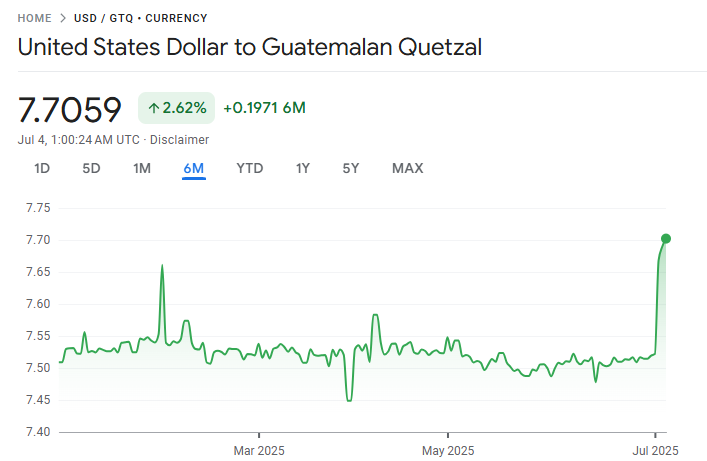
As of mid-2025, the USD/GTQ exchange rate hovers around Q7.50 to Q7.70 per dollar, reflecting slight fluctuations from the previous year. The currency has shown resilience despite global inflation, commodity price shocks, and shifts in monetary policy across North and South America.
Key reasons for GTQ's relative stability in 2025 include:
A steady inflow of remittances, especially from the U.S.
Conservative fiscal policies by the Guatemalan government
The Bank of Guatemala's active management of interest rates and money supply
A stable demand for Guatemalan exports such as coffee, sugar, and bananas
While the GTQ has not appreciated strongly, it has resisted dramatic depreciation seen in other developing markets.
Factors Affecting GTQ Value in the Forex Market
Remittances from Abroad
Remittances account for over 18% of Guatemala's GDP. Inflows of U.S. dollars from Guatemalan workers in the U.S. increase demand for the local currency, supporting its value.
Trade Balance
Guatemala's economy depends heavily on exports. Global demand for agricultural commodities and manufactured goods has a direct effect on currency stability. A strong trade balance boosts demand for GTQ.
U.S. Dollar Strength
Since the Quetzal is often traded against the U.S. dollar, shifts in U.S. interest rates, inflation, or economic performance directly affect the GTQ/USD exchange rate.
Political Stability
Investor confidence and capital flows are sensitive to political events. While Guatemala has remained relatively stable, electoral uncertainty or corruption scandals can quickly lead to capital flight and currency depreciation.
Central Bank Policy
The Bank of Guatemala actively sets benchmark interest rates and intervenes in the currency market to maintain a controlled float. Any policy shifts, such as interest rate hikes, can make the Quetzal more attractive to forex investors.
GTQ vs Other Latin American Currencies
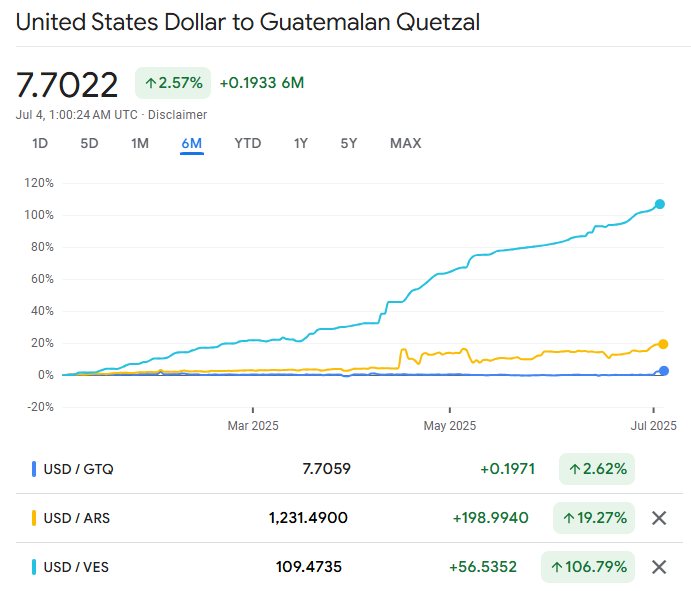
Compared to more volatile currencies like the Argentine Peso or Venezuelan Bolívar, the Guatemalan Quetzal has been one of the more stable options in Latin America. It has even outperformed currencies from larger economies like Colombia or Chile during inflation-heavy cycles.
In terms of forex trading, GTQ:
Has lower volatility than most regional peers
Experiences tighter spreads but lower liquidity
Offers modest opportunities for long-term carry trades
Because of this, GTQ is not a primary currency pair in global forex markets but can be of interest to traders looking for emerging market exposure with slightly lower risk.
Is the Quetzal a Tradable Currency in Forex Markets?

The Guatemalan Quetzal is classified as an exotic currency, meaning it is not commonly traded like major pairs (e.g., EUR/USD or USD/JPY) or minors (e.g., GBP/CAD).
GTQ is typically only available on platforms or brokers that support exotic or emerging market currencies. Spreads are wider and liquidity is lower, making day trading or scalping less efficient.
However, GTQ trading may appeal to:
Long-term position traders
Carry traders (seeking interest differentials)
Fundamental analysts following Central America's economy
Forex traders often pair GTQ with USD in the USD/GTQ pair. This allows them to bet on macro trends between the Guatemalan and U.S. economies.
Forex Trading Strategies Involving GTQ
Carry Trading
Guatemala typically maintains higher interest rates compared to developed economies. Forex traders can explore carry trades by borrowing in a low-interest currency (like JPY or EUR) and investing in GTQ to earn the interest differential.
This works best in a low-volatility environment with stable policy expectations.
Long-Term Macro Trends
Traders can analyze macroeconomic reports such as inflation rates, remittance growth, GDP trends, and central bank signals to forecast GTQ's movement. This strategy focuses on position trades held over weeks or months.
Remittance-Driven Seasonal Patterns
GTQ tends to strengthen during certain months, particularly when remittances increase (e.g., during U.S. tax refunds or holidays). Traders can look for seasonal opportunities tied to these inflows.
Hedging Exposure to Guatemala
Investors or import-export businesses dealing with Guatemala may hedge GTQ exposure by trading forward contracts or options where available through specialized brokers.
Is the Quetzal Safe for Investment or Saving?
For Guatemalans, the GTQ is considered a relatively safe currency for savings, especially with interest-bearing accounts offering decent returns. However, due to its limited convertibility and low international demand, foreign investors may not view GTQ-denominated assets as highly liquid.
Some investors in Guatemala prefer to hold U.S. dollars for capital preservation, especially during global economic stress, though the Quetzal's stability has prevented widespread dollarization unlike other Latin countries.
For long-term forex investors, the Quetzal offers a moderately stable emerging market currency with potential for diversification.
Final Thoughts
The Guatemalan Quetzal, though not a major global currency, is one of the more resilient and reliable Latin American currencies in 2025. Its stability is bolstered by steady remittances, low inflation, and cautious central banking.
For forex traders, GTQ may not be a primary trading pair but offers long-term, macro-based opportunities for those seeking exotic currency exposure. Investors interested in Central America can benefit from understanding the dynamics that shape the Quetzal.
Disclaimer: This material is for general information purposes only and is not intended as (and should not be considered to be) financial, investment or other advice on which reliance should be placed. No opinion given in the material constitutes a recommendation by EBC or the author that any particular investment, security, transaction or investment strategy is suitable for any specific person.
